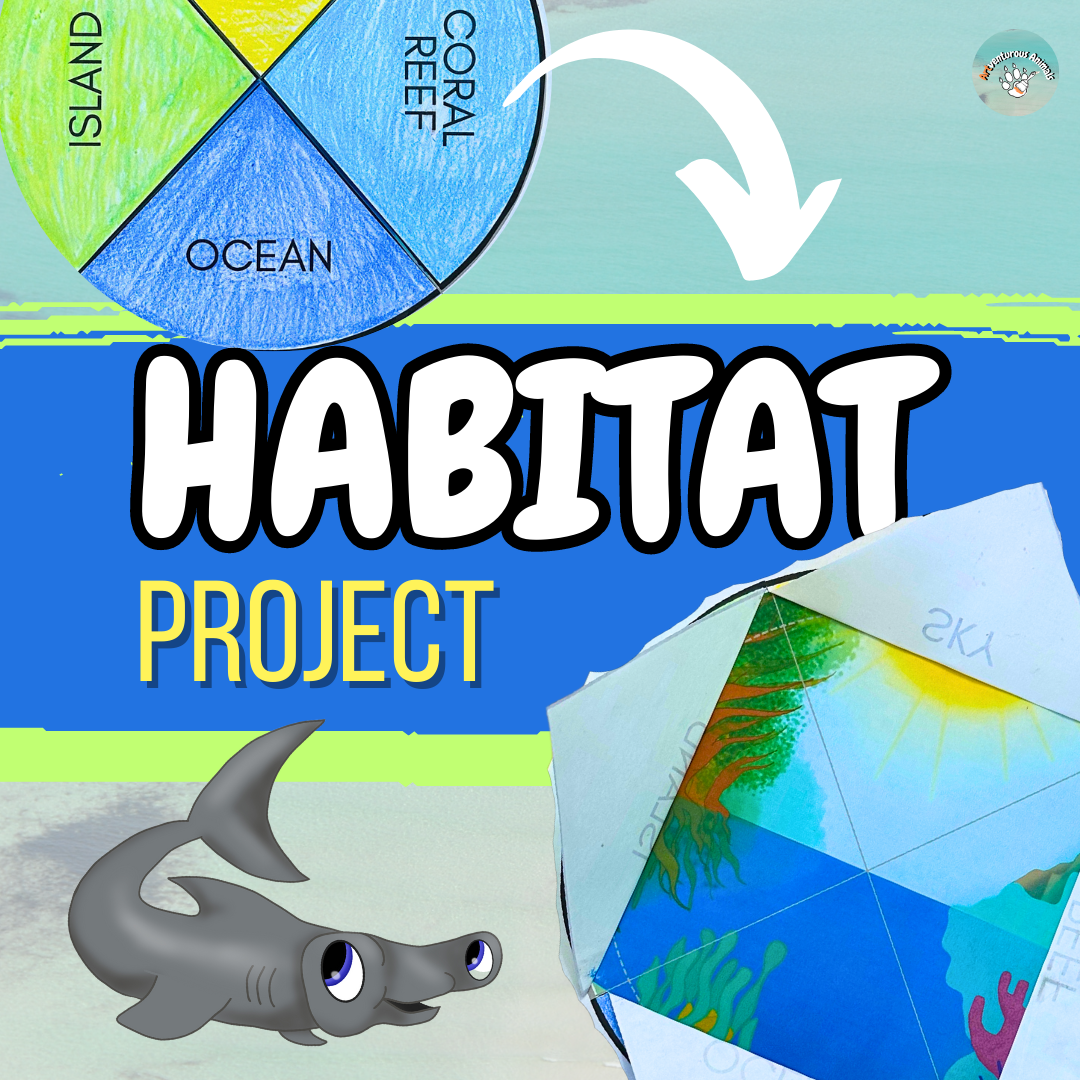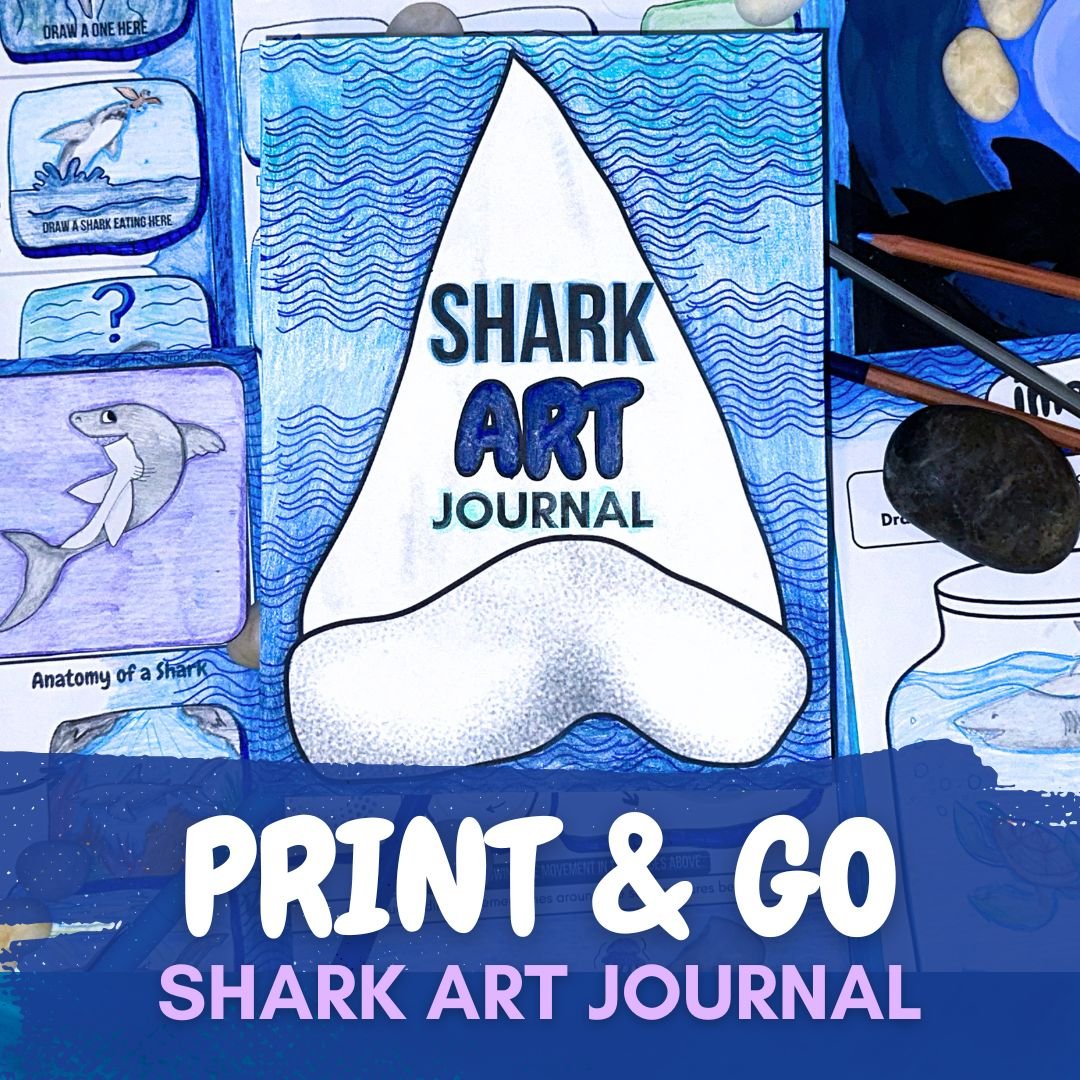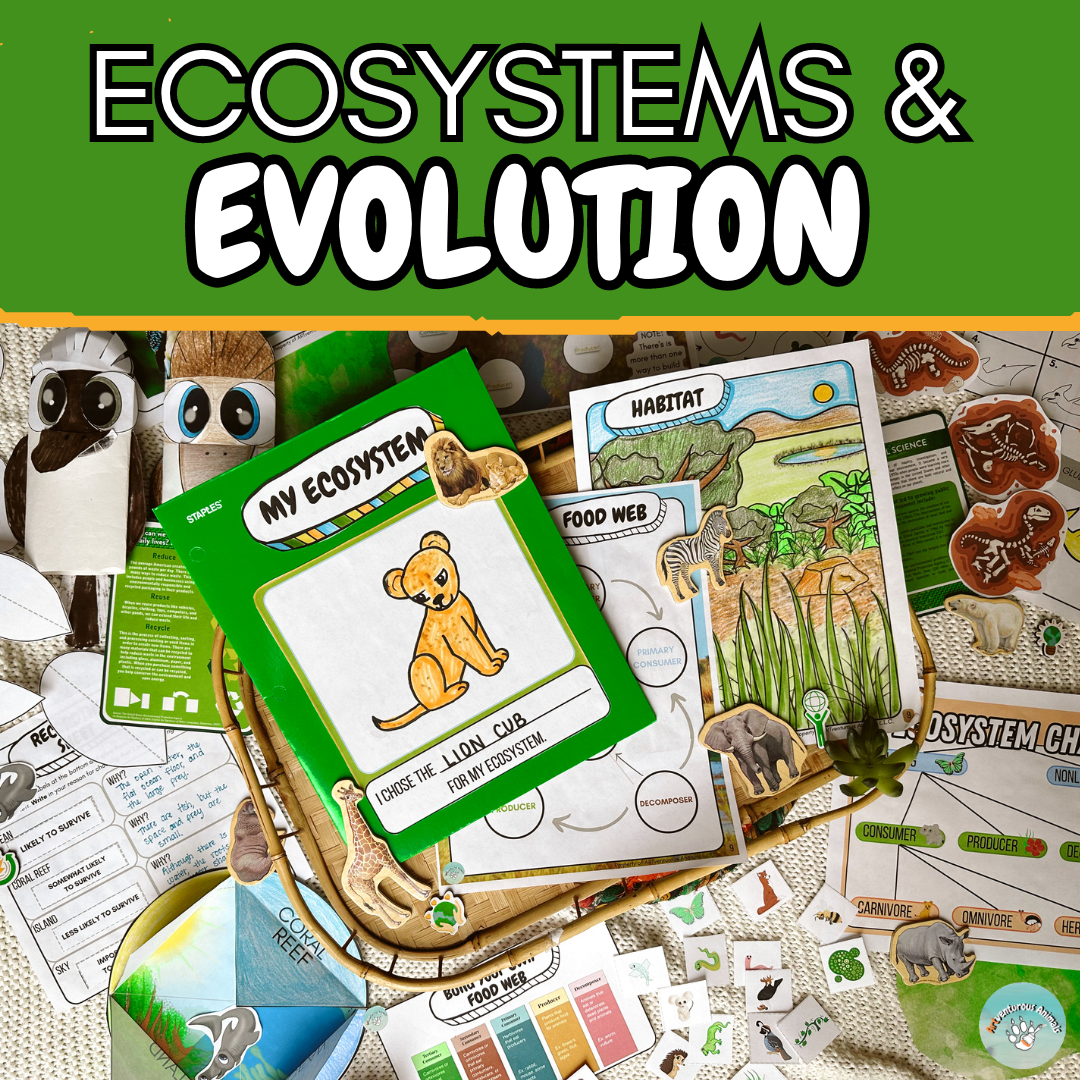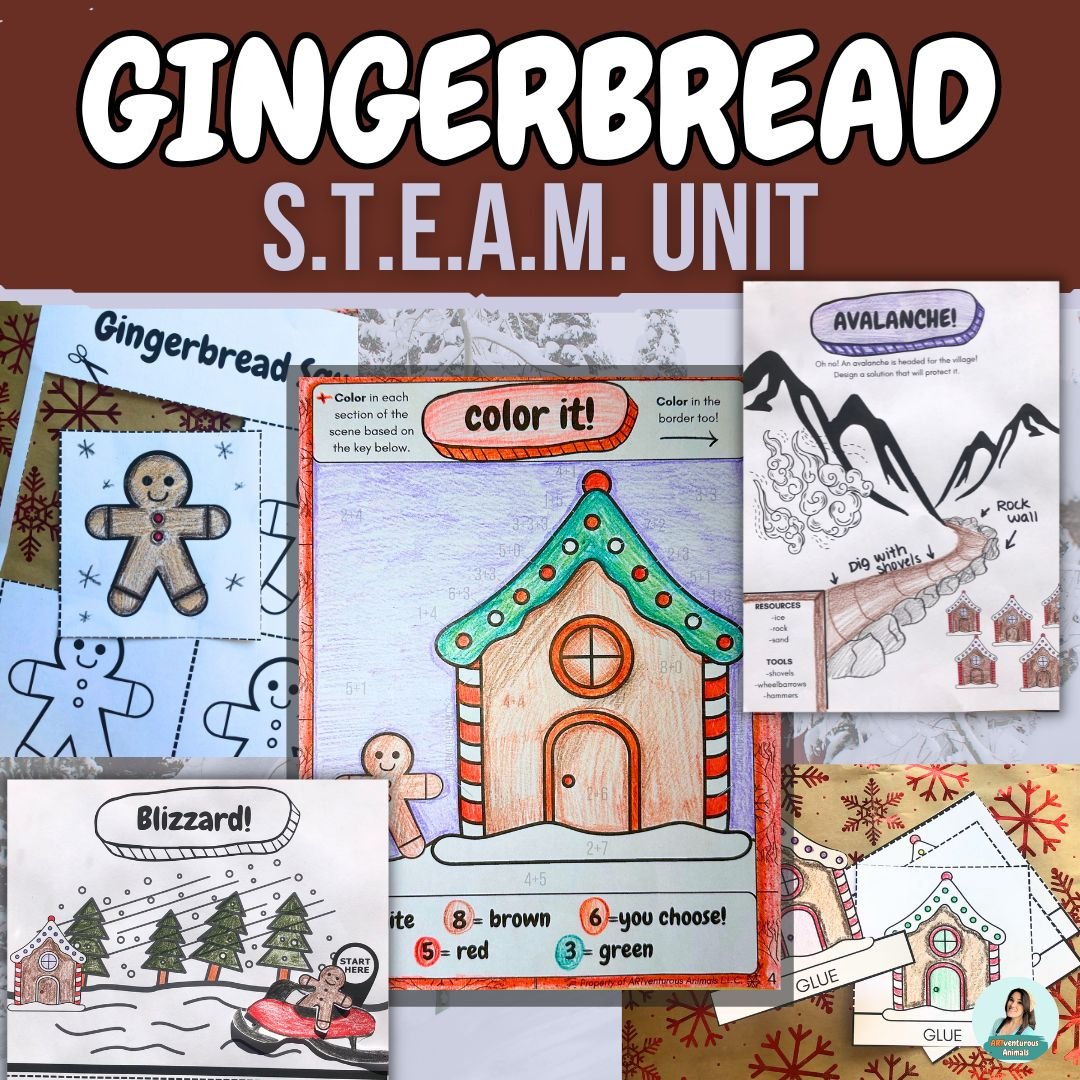How to Create a Fun and Engaging Unit Study for Your Child: a Step-by-Step Guide
Putting together a unit study can be an exciting way to dive deep into topics your child loves while covering a wide range of subjects and skills.
Whether you’re homeschooling or just looking to enrich your child’s education, here’s how to create a unit study that’s both educational and enjoyable.
HOW TO MAKE YOUR OWN UNIT STUDY GUIDE
Start with Your Child’s Interests
The best way to kick off a unit study is by focusing on your child’s interests. Think about what they talk about, what they play with, and what catches their attention.
Do they have a thing for dinosaurs 🦖, a love for outer space🚀, or a fascination with ancient Egypt 🇪🇬?
Choosing a topic they’re excited about makes the learning process so much more engaging and fun for them.
Here’s an example. Grab a bunch of images around the interests of your child. Throw them into a canva design of Pinterest board.
Looking for specific seasonal inspiration?
Check out my monthly unit studies series.
2. Decide What Subjects and Skills to Cover
Once you have a topic, the next step is to think about how you can incorporate various subjects and skills into your unit study. How can you blend math, science, reading, and social studies with the topic?
Additionally, think about any specific skills or educational standards you want to focus on, such as critical thinking, research skills, or data analysis. This will help you ensure the unit study is not only engaging but also aligned with broader learning goals.
SUBJECTS
math science ELA art social studies
SKILLS
creativity problem-solving engineering writing reading
STANDARDS
NGSS Common Core TEKS
Let’s say your child is fascinated by sharks:
Science: Dive into marine biology by studying different species of sharks, their habitats, and their roles in the ocean ecosystem. Explore topics like shark anatomy, behavior, and the food chain.
Math: Use real-world data to make math engaging. Calculate the size differences between various shark species, measure their swimming speeds, or even estimate the number of sharks in a particular region. You can also incorporate geometry by comparing the shapes and sizes of different shark fins.
Reading/Writing: Find exciting books and stories about sharks, both fiction and non-fiction. Encourage your child to read about famous shark expeditions or marine researchers. For writing, they could create their own shark adventure story or write a report on their favorite shark species.
Social Studies: Investigate the cultural significance of sharks in different societies. Learn about how sharks are perceived in various parts of the world, their role in local economies, and the impact of fishing practices. You could also explore historical shark encounters and their influence on human communities.
Art: Let creativity swim free with shark-themed art projects. Your child could draw or paint different shark species, create a 3D model of a shark, or design a mural depicting an underwater scene. Encourage them to explore various art forms like sculpture, collage, or digital art. They could also look at how sharks have been represented in art throughout history and across cultures, comparing styles and interpretations.
3. Dive Into Books
Books are a fantastic starting point for any unit study. Gather a mix of non-fiction, fiction, and picture books related to your topic. If you’re focusing on dinosaurs, find:
🌋 Informative books about different dinosaur species.
🌋 Fun stories set in prehistoric times.
🌋 Colorful books that show what the world looked like when dinosaurs roamed the earth.
Your local library or online resources can be treasure troves for finding the right books.
Here’s an example with clickable links:
4. Get Hands-On with Projects
Bringing learning to life with hands-on projects is a blast. Look for activities that can tie multiple subjects together. For example, in a unit on ancient Egypt, you could:
🎨 Build a pyramid out of blocks to learn about geometry and engineering.
🎨 Create artwork inspired by hieroglyphics to mix history with art.
🎨 Pretend to be an archaeologist and dig up “artifacts” in a sandbox.
These activities make learning more interactive and memorable.
Here’s another example:
5. Add Fun Activities
To keep things varied and exciting, fill in your study with different types of activities. These can be:
🗺️ Games: Play educational games related to the topic.
🗺️ Videos: Watch documentaries or fun educational shows.
🗺️ Experiments: Do simple science experiments that fit the theme.
🗺️ Worksheets: Use printables to practice specific skills.
Mixing in different activities helps cater to different learning styles and keeps your child interested.
Here are some activities that work for a shark unit study:
6. Go Out and Explore
Taking learning outside the home can be a great way to deepen your child’s understanding. Plan a trip or activity related to your topic.
🌺 Studying marine life? Head to an aquarium.
🌺 Learning about weather? Visit a weather station.
🌺 Got kids who love building? Head to Legoland.
🌺 Diving into animal life cycles? Visit a farm.
These real-world experiences can make the topic come alive in ways that books and projects can’t.
Here’s an example of an activity we did:
7. OPTIONAL: Check for Understanding
If you want to see how much your child has learned, you can include some light assessments. This could be through worksheets or quizzes, but it doesn’t have to be formal. You could also ask your child to talk about what they learned, create a project, or even just share their favorite part of the study. The goal is to celebrate what they’ve achieved and maybe identify areas for more exploration.
How are you feeling about making your own unit study now?
Remember, unit studies are about learning about life through your child’s interests. Relax, explore, and enjoy!
Still not sure about designing your own unit study? Shop my completed unit studies below!
Not sure how to teach those abstract concepts in-depth?
Check out my How To Teach Blogs and get inspired!
I hope you found this helpful 🎨
Leave me comments below. I’d love to know how this helped you!
Thanks for being a part of the adventure 🗺️




















